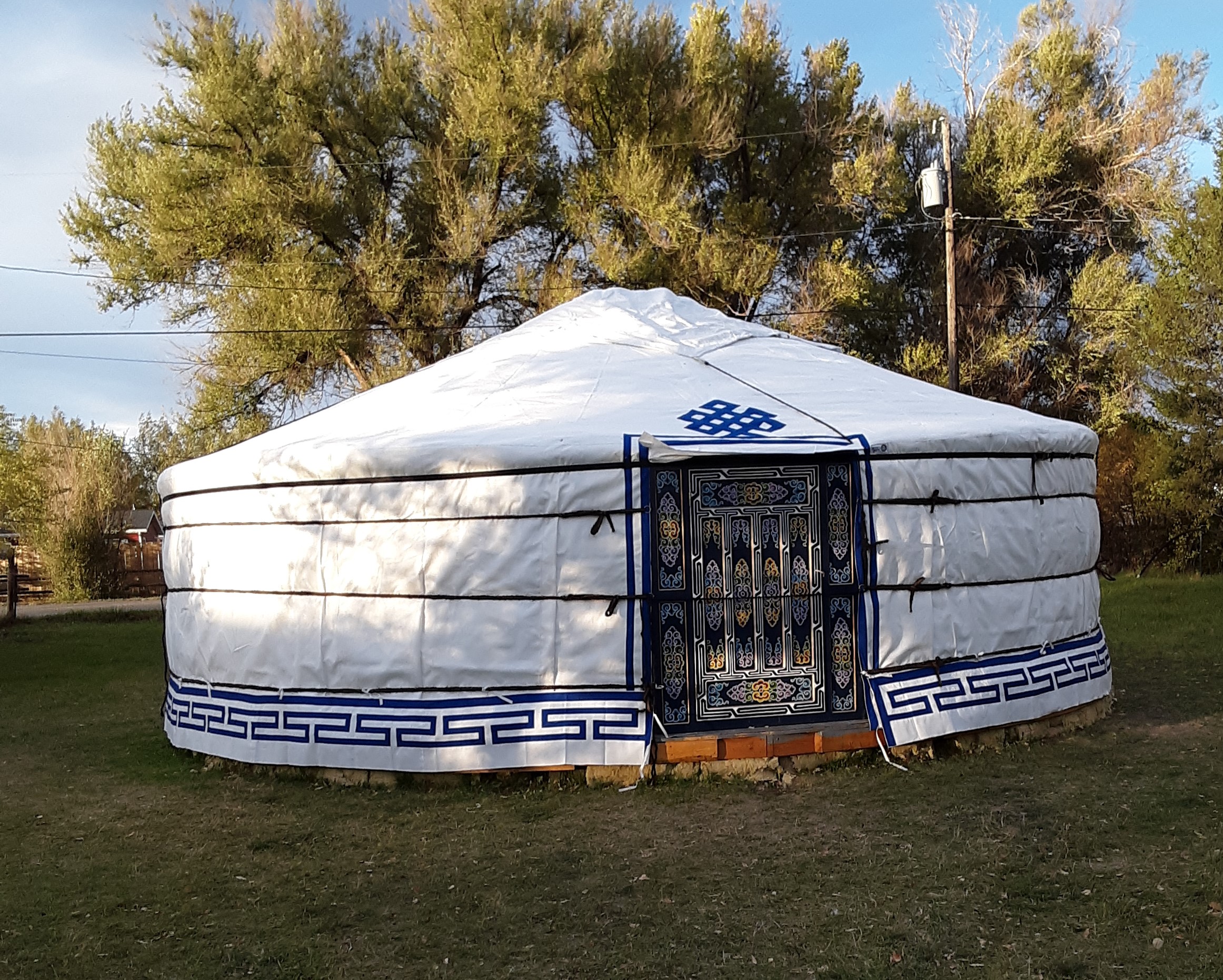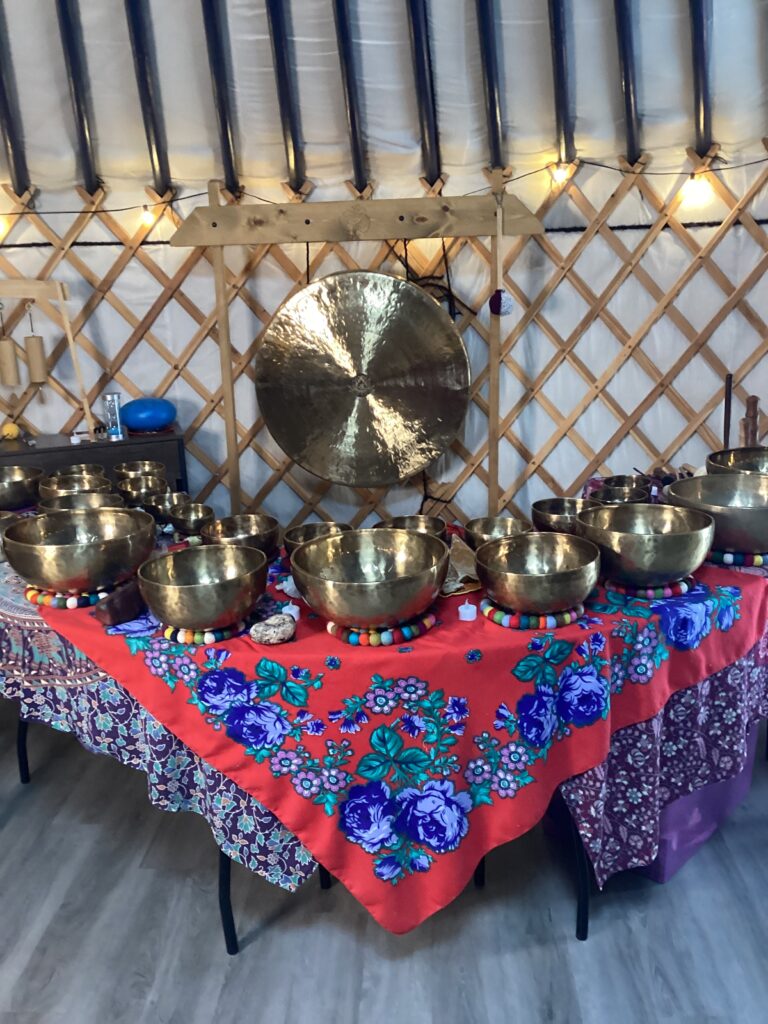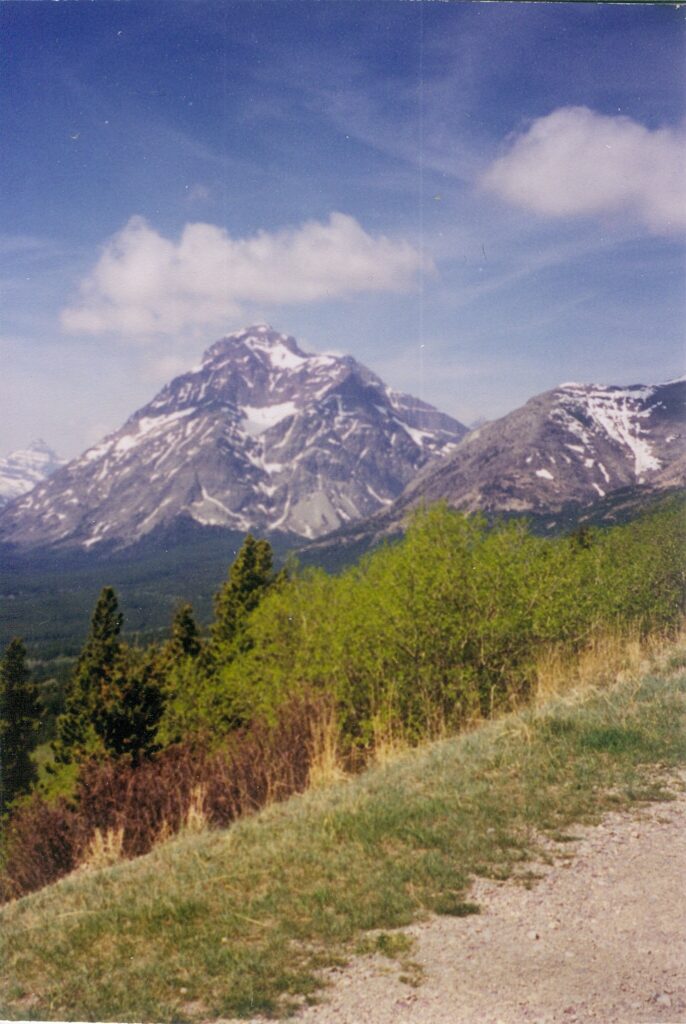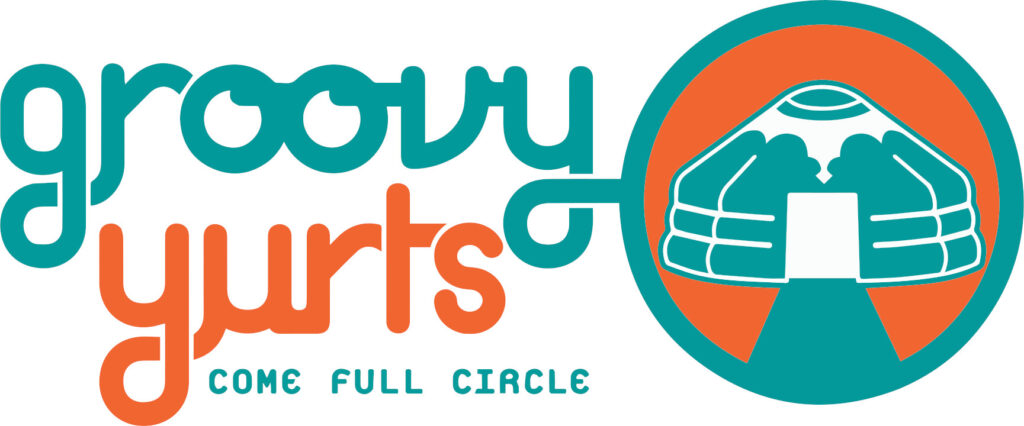The Healing Power
Located just a short distance from the Rock Shop at 47 Billman Lane on the outskirts of Livingston, our traditional Mongolian Yurt is a powerful place set aside for physical and spiritual healing. Created as a center for sound therapy, Spirit House now also plays host to focused meditation groups and healing energy shares in addition to our regular group and one-on-one Himalayan singing bowl session.


















